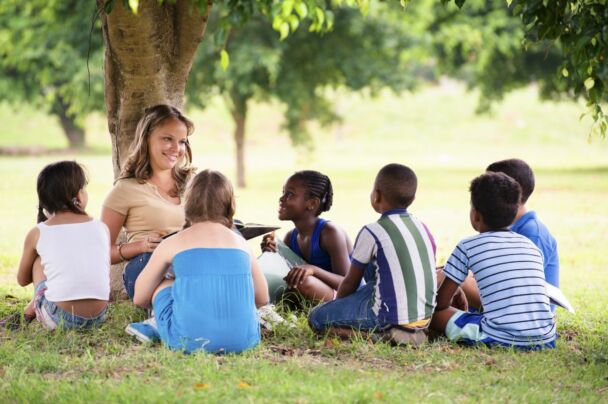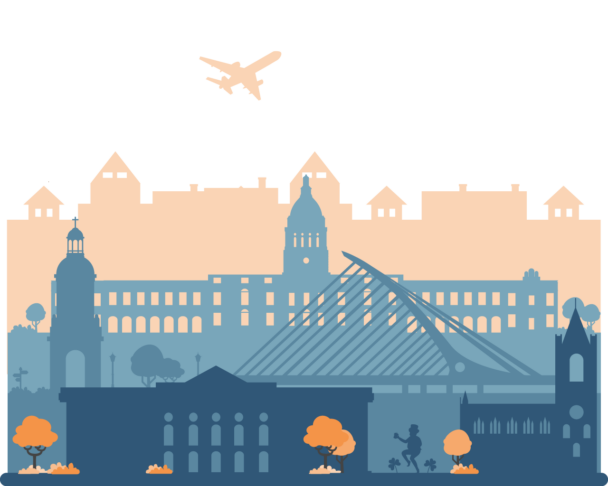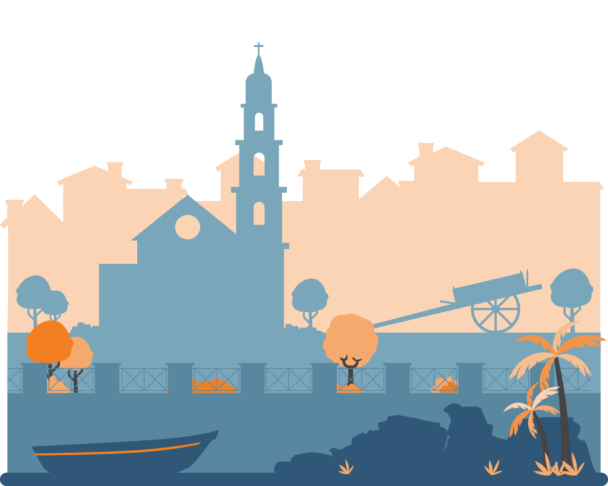Description
Learning doesn’t stop in the classroom but is a continuous process that involves the students in every potential environment. In fact, many daily experiences can be considered as learning opportunities.
For example, field trips to nature, and visits to museums, theaters, or exhibitions. Moreover, students can learn by collecting photos, taking notes, or asking other people for their own thoughts.
Crossover teaching combines the experience of learning in both the classroom and a place outside; as the word cross suggests, it crosses over between different learning contexts.
The course will provide examples of the design, implementation, and evaluation of many cases of cross-over teaching. Participants will discover how to apply visual learning strategies within museums, how to manage outdoor trips, co-create audio guides and virtual reality scenarios with their students, and promote their learning through scavenger hunts.
The power of crossover teaching is that it combines formal and informal education environments, attempting to connect academic and curricula content and everyday learning and experience. Significantly, linking curricular material with what the students enjoy likely awakens their attention and interest in learning, and increases autonomy.
By the end of the course, participants will have fresh tools and strategies to give freedom to their students in selecting informal learning activities and boosting their motivation!
What is included
Learning outcomes
The course will help participants to:
- Learn how informal learning settings can actually play a big role in the student’s learning path;
- Make the most of every possible learning experience;
- Boost students’ motivation, letting them explore and self-direct their learning;
- Create a learning culture that lasts outside the common learning environments, and benefits from every experience;
- Learn how technology can be a valid support for learning.
Tentative schedule
Day 1 – Introduction to the course
- Introduction to the course and external activities;
- School presentation;
- Introduction to the topic: formal and informal learning;
- Building a learning culture.
Day 2 – Crossover teaching and learning
- Crossover teaching and learning: connecting curricula to environments;
- The learning environment: group discussion;
- Visual learning methods;
- Learning in museums: the VTS.
Day 3 – Outside learning experience
- Outside learning experience: futurism museum;
- Self-directed learning.
Day 4 – The power of storytelling
- The power of storytelling: providing students with an immersive learning experience;
- Creating collaborative audio guides;
- Using new technologies and Augmented and virtual reality: draw students into the experience.
Day 5 – Flip your trip
- Make your student prepare for your school trip or museum visit using scavenger hunts.
Day 6 – Course closure and cultural activities
- Course evaluation: round-up of acquired competencies, feedback, and discussion.
- Award of the Certificate of Attendance.
- Excursion and other external cultural activities.




